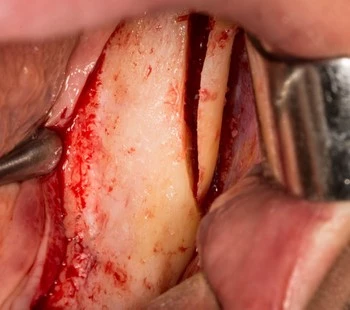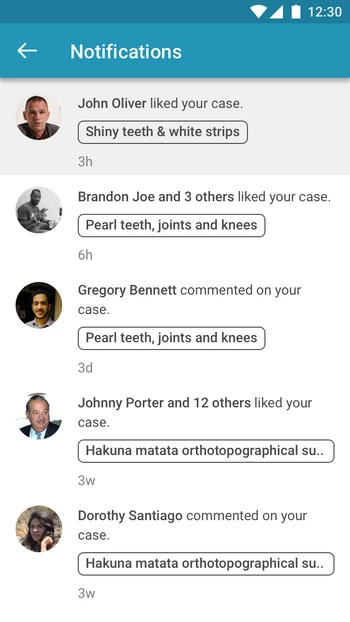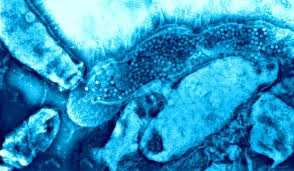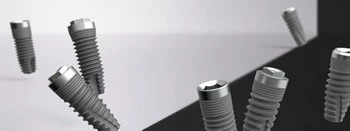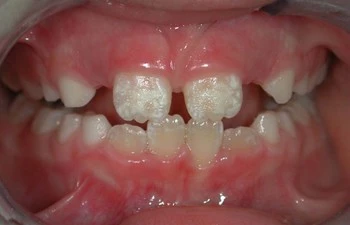Dental Education
The Best Device For Ridge Expansion
Alveolar ridge expansion is a demanding surgical procedure in modern implantology. It is generally understood that osteotomies in narrow ridge should be as conservative as possible without comprising control on the implant or deviation from placement axis. Choosing the right device for ridge expansion (also known as ridge splitting) is dependent on several factors including …
Online Dental Education: How Far We Can Go?
There are few concerns arising about the acceptability and usability of online learning for dental students. Online learning could be a helpful auxiliary tool along with traditional dental educational methods; and implementing successful online learning model(s) needs subjective and objective evaluation of learning outcomes. Online learning could have some benefits such as saving learning time …
Continue reading “Online Dental Education: How Far We Can Go?”
Fighting Oral Malodor with Zinc Ions
Zinc ions are known to exhibit a preventive action against volatile sulfur compounds such as gaseous H2S that cause oral malodor. Oral malodor results from microbial fermentation of food debris in the mouth; so, antimicrobial agents have the potential to reduce oral malodor by chemically neutralizing the fermentation by-products. A combination of zinc ions and …
How Oral Bacteria Become an Enemy!
The oral environment has various microbial communities, and understanding the oral microbiome and the ecological balances inside the mouth is essential for oral health. Oral microbes live in continuous antagonistic/mutualistic interactions, and disrupting this equilibrium leads to overgrowth of particular species that could be pathogenic. Healthy oral cavity can be still colonized by hundreds of …
Ready to Use Titanium-Based Nanostructures for Dental Implants
Titanium alloys have excellent mechanical properties, corrosion resistance and biocompatibility, but their usage as dental implants is compromised by bacterial growth causing infection, inflammation and peri-implantitis. The infection process starts with the formation of bacterial biofilms, that is, bacteria accumulate over the implant’s surfaces and form a matrix of extracellular polymeric substances to protect themselves …
Continue reading “Ready to Use Titanium-Based Nanostructures for Dental Implants”
Concerns Toward Enamel Hypomineralization
Preventive measures against dental caries aim to improve oral hygiene and to alter children’s dietary habits. The most common protocols involve fluoride application in varnish, in trays, in toothpaste or in mouth washes. Initial active carious lesions need to be remineralized while chronic or cavitated lesions need to be excavated and filled. The most important …
Continue reading “Concerns Toward Enamel Hypomineralization”

